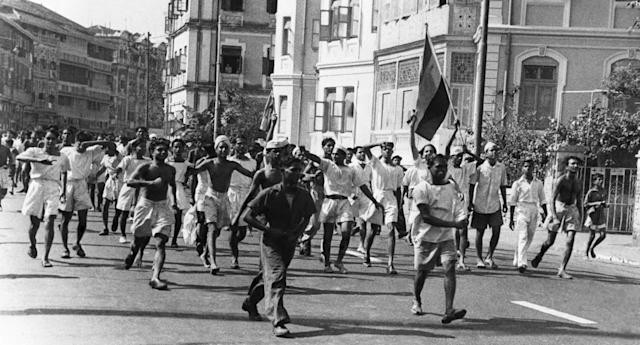India’s Economy After Their Independence
10/13/20222 min read
#1 Social and Economic changes
Before India gained its Independence from the brutal ruling of the Britishers, its GDP was ranging from 2.0 to about 2.7 lakh corer Rupees due to experiencing deindustrialization and cessation of many craft industries under British rule. These craft industries made India diverse, and unique for its cultures and art and made it rich. Due to putting such artistic value to an end and even how India provided labor and raw material to help industrialize Europe made it poor. Because Britain’s trade surplus with India was important for the maintenance of the British free trade policy and sustained overseas investment by the British, these were important for the growth of Europe and European offshoots.
For factories to become more profitable, cheap raw material was needed, and also due to the industrial and commercial policies which favored the Britishers at the cost of the Indian economy was only one way India became so poor after the rule. Existing institutions were reshaped in their own favor. So, now Europe was developing faster and faster, and poor India was providing them with raw materials at cheap prices.
#2 Agriculture
Now we talk about how agriculture was ruined by colonial rule over India. The New World now as we enter with its unlimited land, and India with its massive agricultural population. As talked about before, India was now a supplier of raw materials and food grain to Britain and this was the era where cash crops such as indigo, cotton, jute, etc were introduced. Due to the forced cultivation of such cash crops, the land’s fertility was destroyed, making it impossible to cultivate any other crops. The degradation and suffering of Indian agriculture and the cultivators were caused by the growth of a minimum number of subsistence crops.
In simpler words, land became a possession. Private land ownership emerged. Farmer poverty increased and food insecurity increased. Due to British demands for subsidies, farmers grew cash crops like indigo and cotton, which reduced the amount of land planted for food crops. Thousands of poor farmers were forced to grow crops such as Indigo with the bearing taxes payments and landless labor.
India's economy has immensely changed after the British Raj. From 1850 to 1947, India’s GDP in 1990 international dollars grew from $125.7 billion to $213.7 billion, a 70% increase or an average annual growth rate of 0.55%.
By just stating “India is poor” or rather “was” poor is a problem as it is implying to the broad idea of India as a large and diverse subcontinent. The nation was and is too diverse for us to hold an idea of it being “poor”, but now we calmly observe its silhouette of the birth and development of the land called India.


